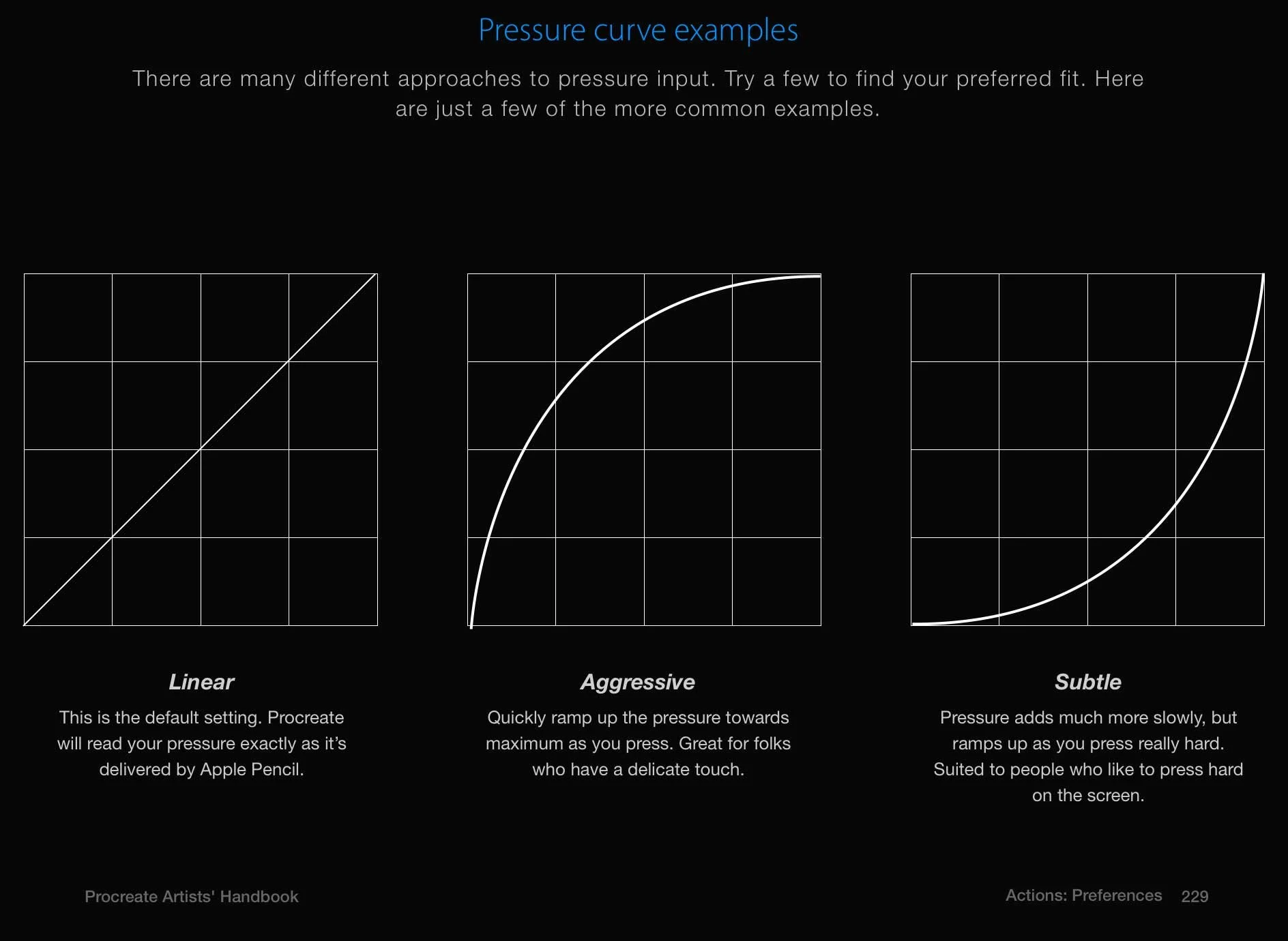Shruman Card Game Update
The game testing continues with the Shrumans card game and lucky for me, I have many with friends who are well-versed tabletop gamers! Here is a look at some of the new Shrumans being added as well as a first look at the Action Cards!
I am starting with line drawings with some simple color slapped on. This month I anticipate rendering the details for as many as I can manage!
The more Shrumans I draw, the harder it is to find unique poses and expressions. It's a fun challenge to have, but honestly some real-life mushrooms have fully-formed personalities.
This game has 3 Action cards so far with common card game moves that have a fungi flare. I am working on a 4th one that would add more strategical interest. I am open to feedback!
Other Fun-gi Things
There is a pay-what-you-can screening of Fungi: Web of Life at Iowa City's Film Scene this month, March 25. It will be playing at different movie theaters nationally and internationally. A list of showings can be found here, but not all cities are listed. See if they are playing at a city near you!
One great way to support Shrumans is through buying prints and stationery! Here are my store links!


































